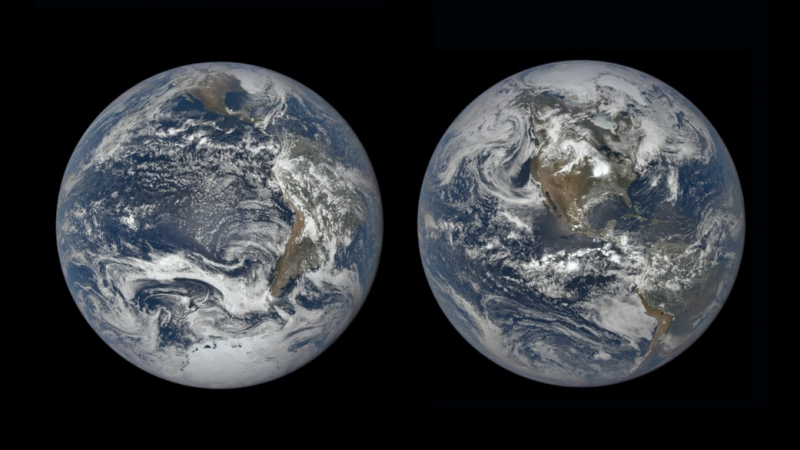Earth Is Not Flat, But It's Not Perfectly Round Either

The "Blue Marble," as astronauts have dubbed Earth, is round, as several images from space can confirm. However, appearances can be deceptive. In actuality, Earth is not exactly round.
The globe rotates about its axis, which causes an additional 0.3 percent bulge near the equator. The diameter of the Earth is 12,714 kilometers (7,900 miles) from the North to the South Pole and 12,756 kilometers (12,756 miles) through the equator (7,926 miles). The distance between the two points, 42.78 kilometers (26.58 miles), is roughly 1/300th of the diameter of the Earth. The planet appears spherical to the human eye because this variation is too small to be visible in images of Earth taken from space.
Various dynamic causes the formation of the Earth to vary over time. Those gravitational anomalies are changed by the planet's internal mass movement. Plate tectonics causes valleys and mountains to appear and vanish. The surface is occasionally cratered by meteors. Earth tides are also produced by the moon and sun's gravitational pull in addition to ocean and atmospheric tides.
Additionally, according to geophysicist Richard Gross of the Jet Propulsion Laboratory in Pasadena, California, the shifting weight of the oceans and atmosphere can result in deformations of the crust "on the order of a centimeter or so." Another phenomenon is a postglacial rebound, in which the crust and mantle that were lowered by the enormous ice sheets that covered the earth during the last ice age are now rising at a rate of about a centimeter each year.









